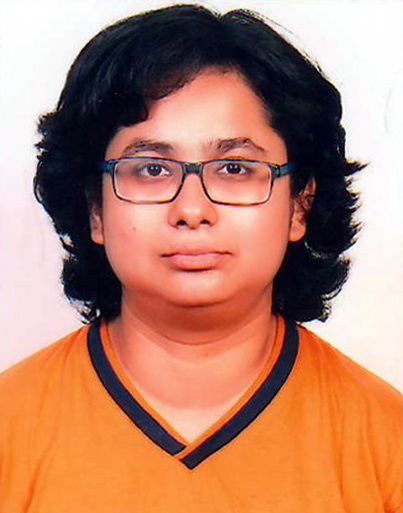 Oishi Roy (b. 1985) was always interested in understanding the roots of our civilization. After her Masters from Rashtrasant Tukdaoji Maharaja Nagpur University (2006-08) in Ancient Indian History Culture and Archaeology, she specialized in ancient technologies from her Post-Graduate Diploma days at Deccan College, Pune (2008-09), then obtained her PhD in Ancient Iron Technology of Early Iron Age from Maharaja Sayajirao University of Baroda (2011-2018). During her association with MS University, she was an exchange researcher at the University of Exeter under the guidance of Dr Gillian Juleff and gained an insight into phytolith analysis; she also worked in close contact with the Gond tribe of Gadchiroli region of Vidarbha, which convinced her that ethno-archaeology and experimental archaeology are two most important tools to understand the lifestyle of primitive societies vis-à-vis scientific archaeology. At present she works as a Post-Doctoral Fellow at the Archaeological Sciences Centre at IIT Gandhinagar, where she pursues her research on the remnants of ancient iron technology of Vidarbha, Maharashtra, and also the trade mechanisms that those societies employed.
Oishi Roy (b. 1985) was always interested in understanding the roots of our civilization. After her Masters from Rashtrasant Tukdaoji Maharaja Nagpur University (2006-08) in Ancient Indian History Culture and Archaeology, she specialized in ancient technologies from her Post-Graduate Diploma days at Deccan College, Pune (2008-09), then obtained her PhD in Ancient Iron Technology of Early Iron Age from Maharaja Sayajirao University of Baroda (2011-2018). During her association with MS University, she was an exchange researcher at the University of Exeter under the guidance of Dr Gillian Juleff and gained an insight into phytolith analysis; she also worked in close contact with the Gond tribe of Gadchiroli region of Vidarbha, which convinced her that ethno-archaeology and experimental archaeology are two most important tools to understand the lifestyle of primitive societies vis-à-vis scientific archaeology. At present she works as a Post-Doctoral Fellow at the Archaeological Sciences Centre at IIT Gandhinagar, where she pursues her research on the remnants of ancient iron technology of Vidarbha, Maharashtra, and also the trade mechanisms that those societies employed.
Earlier this year, Dr. Oishi Roy received the prestigious H.D. Sankalia Young Archaeologist Award for her research paper, “Evidence for Steel Making at Naikund and its Relationship with Mahurjhari, Borgaon and Khairwada”.
Abstract of lecture
In the region of Afghanistan and Baluchistan, the beginning of copper technology is closely associated with the Neolithic age and, later, with the pre-Harappan era, as the advantage of metal over lithics was gradually understood and adopted by the early farming communities.
Copper gained precedence over iron because of its easy availability and malleability. It also had the ability to resist corrosion.
The source for most of the South Asian copper has been the Aravalli belt. Copper artefacts were categorised under two heads, decorative and utilitarian. With time and practice, complex processes of casting and forging were developed, which is reflected in artefacts found from the pre-Harappan to the post-Harappan levels.
With the emergence of complex and competitive societies, introduction of structures and need of various kinds of tools and weapons, copper technology was superseded by bronze technology (copper + tin/arsenic) as bronze is harder and more durable than copper. Bronze technology was best mastered in southern India as reflected in the Megalithic assemblage of Adichanallur, Tamil Nadu; the technique of casting bronze sculptures (following the Chola art tradition) persists to this day in the same region.
The present talk attempts to trace the development of copper technology in the Indian subcontinent from its inception and its gradual conversion to bronze technology, taking the cue from archaeological finds, available metallographic analysis data, experimental studies and ethnographic studies.